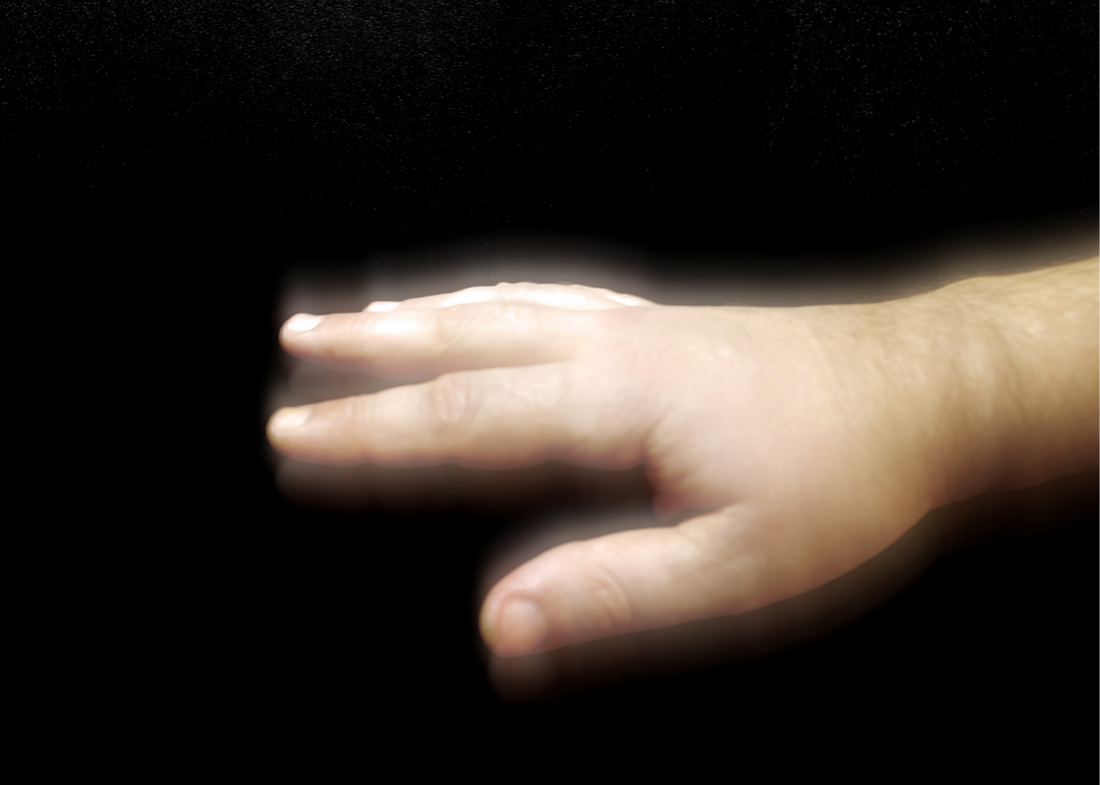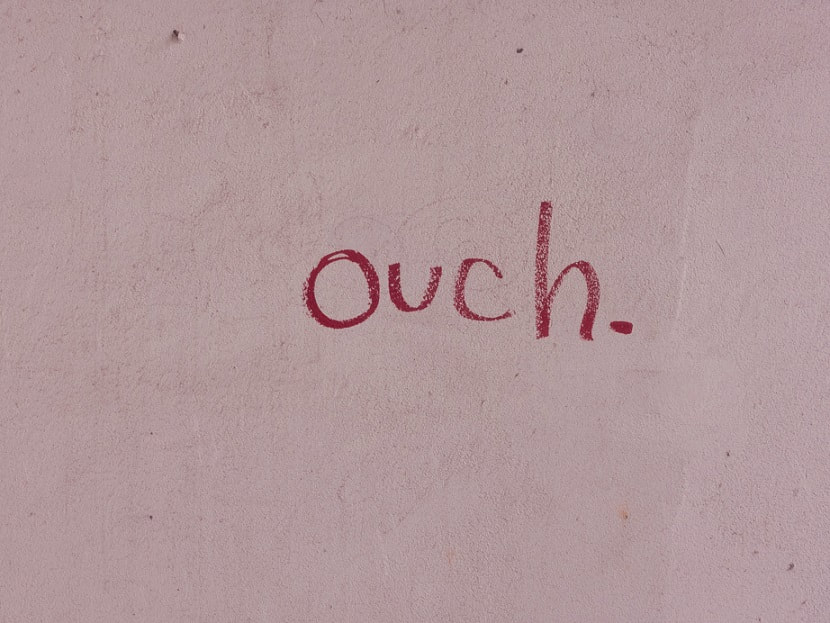|
Tremors are a common and frustrating symptom for people living with Multiple Sclerosis and other neurological conditions. They are involuntary muscle contractions which can cause shaking and unsteady movement. I recently spoke with a patient who had left her doctors appointment feeling very angry and insulted when her tremors were described as "Intention Tremors", because the message she was hearing was "you are intentionally causing these tremors". She immediately thought "no! Not another doctor telling me this is all in my head!" But Intention Tremor is the name of a type of neurological tremor, and although the name may sound like you have control here - or that it is your intention to cause the tremor - this is not the case. What is Intention Tremor?
Intention Tremors occur during movements that require coordination between your visual input and the movement of your affected limbs. For example, when you reach for a cup of coffee, firstly your eyes focus on the cup. Then your movement course to reach out your arm, open your hand and grasp the cup is plotted and coordinated by your cerebellum. It continually adjusts your course of movement by getting feedback from your eyes telling you how close you are to your coffee cup, and proprioception of your hand (that is, where you perceive your hand to be in relation to the rest of your body) With Intention Tremors, the nerves and brain areas that control the motions of moving your arm and hand are unable to produce smooth, fluid movements. Instead they get stuck in a jolting rhythm of muscle contractions. The involuntary contractions tend to become increased as you get closer to your goal - so the closer your hand gets to grabbing your cup, the more it shakes. When sitting still, the tremors can be minimal or completely stop. Have you spoken to your GP about your tremors? If you haven't spoken with your GP, please make a time to talk to them, especially if you're unsure if they are an indicator of a neurological condition. If you already have a diagnosis of a neurological condition, like MS or Parkinsons Disease, and if the tremors are a new symptom, its important to let you doctor know that you're experiencing this. Tremors don't always happen because of neurological diseases. They can occur due to stress, fatigue, vitamin deficiency, low blood sugar, or after an impact to your head like a fall, car accident or concussion, or after a brain injury like a stroke. You should always have a doctor investigate these symptoms. Can Myotherapy help Intention Tremors? We can't offer a cure for tremors. What we can help with is muscle pain, fatigue and tension that is often associated with tremors and neurological conditions. Myotherapy can be a great complementary therapy as part of a holistic treatment plan, but shouldn't be used as your only form of treatment. You can book an appointment time online or email us at [email protected] if you have questions before making a booking. Whether you’re an athlete or a weekend warrior, an injury can set you back when it comes to your exercise goals. How you handle an injury can make a big impact on the recovery process. If you want to speed up your recovery and minimise the risk of injury in the future, this is the guide for you.
What to do immediately after an injury So you’re reading this right as you’ve hurt yourself. Props to you for Googling the answer! But on a serious note, it’s good to have the injury assessed by a GP if you suspect a fracture, dislocation or muscle tear. That way, you know right away whether you will need any significant treatment such as surgery or a cast. In the meantime, start with elevating the injured body part. This helps to reduce fluid retention in the area. It also means you’re not on it, so you’re less likely to keep injuring it! Rest and elevation are also a good idea for minor injuries such as sprains and twisted ankles. If you have a pre-made support or brace for the injured part, you can pop it on for some stability and compression. If not, you might like to bandage it if compression feels supportive for you. There is a bit of debate out there about whether heat or ice is best for an injury. Ice is the old-school treatment, and may be useful for reducing pain sensitivity and fluid retention. On the other hand, if there is pain without any swelling, a heat pack or warm bath might help increase blood flow to the area and reduce pain. Once the swelling has gone down This is the time when it’s good to see your friendly local myotherapist. We can’t really help if you’ve just done a significant injury such as a break or a muscle tear. But after the first few days, we can put together a treatment plan to get you back to your everyday life ASAP. Some of the therapies we can offer to help you recover include:
How to support recovery and reduce risk of re-injury Are you ready to jump back into it after an injury? Here are some tips to maximise recovery and minimise your risk of getting hurt again. Start slow – I know you want to jump straight back in, but this is a recipe for disaster! When you’ve been injured, your body part often needs time to strengthen and get back to your pre-injury levels. Begin with low impact versions of movement such as yoga and walking, and build up over a period of 4-12 weeks depending on your injury. Use rest and compression after exercise – if you do find your injured area aching or swelling after exercise, head home to rest and a support or brace. This can minimise the fluid retention and ease any pain you might experience. If you experience sharp or shooting pain, stop – some aches are common as you get back into movement. But sharp, shooting or severe pain is a sign that something is not ok. Stop whatever you’re doing until your pain has been checked out by a qualified practitioner. Eat plenty of nutrient-dense foods – even if your rehab program is perfect, your body can’t recover without the good nutrients you need for healing. Eating plenty of fruit, veggies, nuts, seeds, herbs, spices and high-quality is protein is a good start, according to our nutritionist friend Samantha Gemmell. Work with a myotherapist – a myotherapist can help you with rehab exercises to rebuild strength. But they can also keep you on track with supportive taping and addressing any muscle imbalances. Are you dealing with an injury? Our myotherapist Emily works with people with sports injuries, particularly muscle tears, joint injuries and rehab. Her goal is to get you back to training, events and everyday life as soon as possible while minimising your risk of re-injury. To book an appointment with Emily, head to our booking page and select ‘Emily Wells’ as your practitioner. |
Meet Our Team
We have a team of great practitioners available 7 days a week at our Rowville clinic. Archives
July 2024
Categories
All
|
Got a question about Myotherapy?
Contact Mel by phone, email or Facebook
|
Simple Wellness Myotherapy & Remedial Massage Clinic
Shop 12B 150 Kelletts Rd Rowville VIC 3178 |
Phone us on
03 8204 0970 |



 RSS Feed
RSS Feed